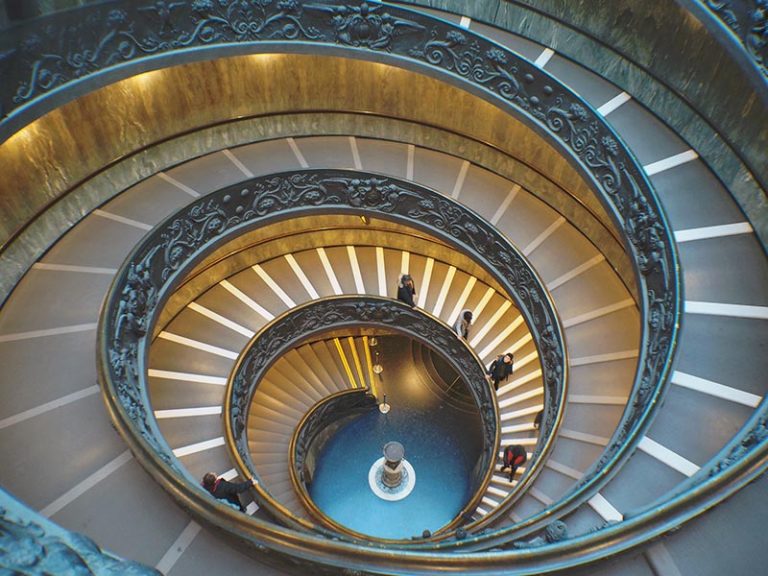On the walls of the Pavillon de l’Arsenal, a journey in text and images retraces the history of the place of animals in Paris, from the Gallo-Roman era to the present day. But on the ground, it is to a visit of an olfactory nature, made up of traces of odors left by previous visitors – and imperceptible for humans – that Enid indulges. Exceptionally, this little 9-month-old Spanish podenca was able to accompany her master on one of his many museum visits: “Your pets are welcome! », proudly announces the Pavillon de l’Arsenal from the entrance. “When you put on an exhibition, the institution must get involved, it shouldn’t just be displays, explains Marion Waller, director of the Parisian institution. With the “Paris Animal” exhibition, our message is that animals need to be better integrated into the city. The first thing we could do was follow through with the idea and allow the animals to come here! »
A first without doubt in the landscape of Parisian exhibitions, if we put aside the particular case of guide dogs helping the visually impaired, but also assistance dogs for people with mental disabilities, animals that are still accepted. Accessible until September 3 to humans and their animal companions (except snakes and so-called “attack” dogs, specifies the rules of visit extended for the occasion), “Paris Animal” attracts new visitors to the Pavillon de the Arsenal, usually prized by architectural professionals. Relayed by the networks and associations of animal owners, this initiative brings older visitors to the Center for Urbanism and Architecture and others much younger than the ordinary public of the places…, and above all, dozens of canids that had never before set foot in an exhibition. A winning move for the Pavilion, which wishes to conquer new fringes of visitors.
Daycare services
If some dog handlers have jumped at the chance to discover with their companion an institution a priori remote from their concerns, it is certainly because the spectrum of cultural activities accessible with their dog is limited. “There are regions that are more welcoming than others, notes Alexandra Estève, founder of the “Tourism with my dog” site. The castles of Périgord are very accessible, those of the Loire too. Remembrance tourism sites in Normandy are also making efforts. But as soon as you are indoors, with a large dog, access is more difficult. » The perfect visit with your dog? “Ecomuseums! The human learns a lot of things and the dog has the truffle in the air, outside! »
In Italy where dogs are kings, the Venetian museums have identified the ban on access to dogs as a real obstacle to visits for some holidaymakers: a societal issue, and a loss of income for the ticket office of the museums of the lagoon. Since this spring, a daycare service has enabled this public, which is larger than one might imagine, to visit the Doge’s Palace, Ca’ Pesaro or the Museo Correr in peace, while a dog sitter stroll along the canals.
In France, the idea is gaining ground: it is in the summer of 2021 that Laëtitia Lacote settles in front of the Cité de l’automobile in Mulhouse (Alsace) to offer a canine guarding service. “At the start of the season, the director did not believe it at all”remembers the one who, in another life, organized a painting salon. “But in September, he said to me: ‘You have become indispensable.’ »
This first test having been conclusive, the entrepreneur moved to rue de la Douane in Strasbourg, on the banks of the Ill: a strategic location, very close to the Rohan Palace and the cathedral, with the Alsatian Museum and the Historical Museum of the City of Strasbourg. For 10 euros per hour, and 45 euros per day, dog handlers temporarily entrust their companion to a qualified professional. Before the opening of the summer season, Laëtitia Lacote toured cultural institutions to publicize her service: “The museums are enchanted, she reports. The City also supports me. At the cathedral, I was assured that they would send me dogs all summer long! »
The museum barrier
For museums, this initiative resolves frustrating, sometimes conflictual situations between dog handlers who do not understand the ban, and distraught museum staff. “We realized that our no-dog policy was creating discontentrelates Catherine Quintal, manager of the Juno Beach Centre, the Canadian memorial of the Normandy landing beaches. Around us, sites were starting to change on the subject, we said to ourselves “why not propose something?”. » The place of memory now reserves a time slot for masters accompanied by their dog, from 1 to 2 p.m. As at the Pavillon de l’Arsenal, the manager of the memorial welcomes this policy: “We are at the service of the transmission of memory, our mission is to make the site accessible to all visitors”, she recalls.
But the museum remains a border that is difficult to cross for canines: without a collection or objects of great value in their path, the interpretation centers can afford to welcome dogs. In a fine arts exhibition, the conditions of conservation and the insurance policies make the presence of animals unthinkable. As understood by Sandrine Maerten, initiator of “Toutourisme” at the tourist office of Troyes (Aube), an approach to better welcome tourists accompanied by dogs in town: “At the start of the operation, we contacted the world of museums, and we immediately came up against rules… which we fully understand. What will prevent a dog from raising its paw on a statue? » Since March, no incident of this type has been reported at the Pavillon de l’Arsenal: the experience is “hyperpositive”, welcomes Marion Waller… who even plans to extend it after the “Paris Animal” exhibition. “Not everyone will be able to get started, but our experience shows that it is feasible in many places”, she assures.







